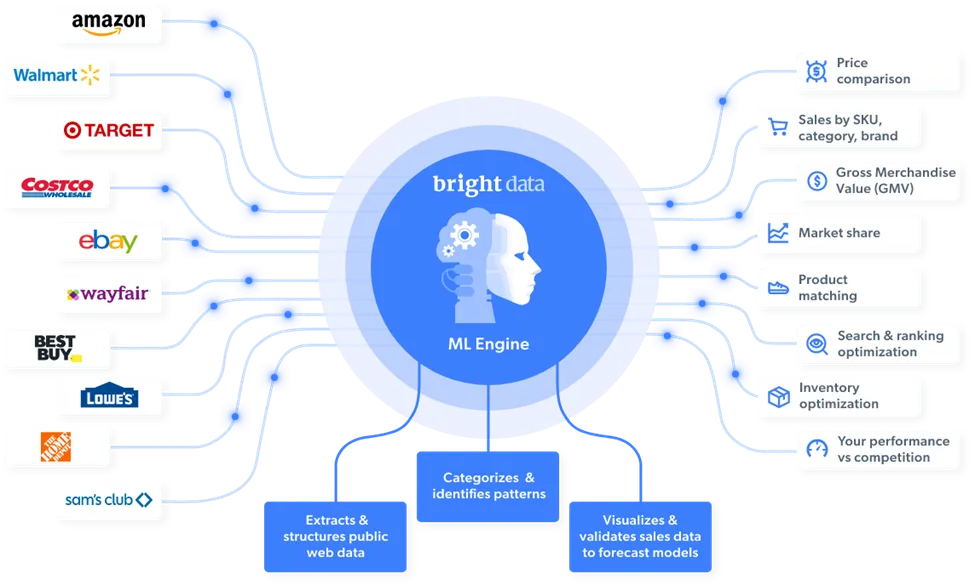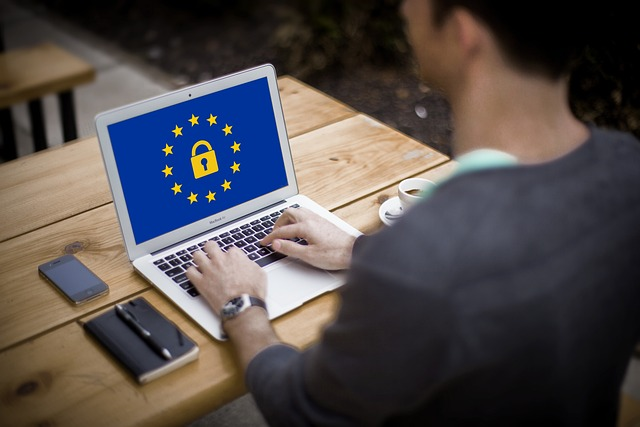Imagine turning everyday tasks into thrilling adventures or mundane chores into exciting quests. This isn't just a fantasy for video gamers - it's the essence of gamification, a concept rapidly changing the way we interact with technology, learn new skills, stay fit, and live our lives. Let's dive into the fascinating world of gamification, exploring how it started, where it's headed, and how you can use it to level up your daily routine.
The Origins of Gamification: From Pixels to Productivity
Gamification might sound like a buzzword of the digital age, but its roots stretch back to the early 1980s. Back then, video games were becoming popular, and businesses started to notice how game mechanics could motivate people in non-gaming contexts. By the early 2000s, with the internet and mobile technology booming, the term "gamification" was coined. Companies realized that they could use the same tactics that made video games addictive - like earning points, completing levels, and winning badges - to engage users in all sorts of activities, from learning to fitness to personal development.
Gamification in Action: Apps That Make Life More Fun
Gamification isn't just a fad - it's a full-blown revolution. According to CyberGhost blog post here are some of the most innovative ways it's being used in different types of apps:
- Tech and Productivity Apps: Ever felt overwhelmed by your to-do list? Apps like Todoist implement gamification AI to turn task management into a game, rewarding you with points (called "Karma") for completing tasks and achieving your goals. Habitica takes it a step further, transforming your daily tasks into an RPG (role-playing game) where you level up your character by getting stuff done in real life.
- Educational Apps: Learning doesn't have to be boring! Duolingo has revolutionized language learning by turning lessons into bite-sized challenges. You earn points for each lesson completed, streak bonuses for daily practice, and levels as you progress. Similarly, Quizlet makes studying fun with its interactive flashcards and learning games, helping students of all ages retain information more effectively.
- Fitness and Health Apps: Working out can sometimes feel like a slog, but not when you're using apps like Nike Run Club or Fitbit. These apps gamify exercise by introducing challenges, awarding badges for milestones, and letting you compete against friends on leaderboards. For those focused on mindfulness and mental well-being, apps like Fabulous offer gamified routines to build healthy habits and keep you motivated.
- Lifestyle and Well-Being Apps: Apps like Forest make staying focused a game. By planting virtual trees that grow while you work, Forest helps you resist distractions and stay productive. If you leave the app, your tree dies - making focus and productivity more rewarding and visually satisfying.
Gamifying Your Daily Routine: Make Every Day an Adventure
You don't need to download an app to start gamifying your life. Here are some creative ways to turn your daily routine into a game:
1. Create Your Own Quest Log
Think of your tasks as quests in an adventure game. Write them down, and as you complete each one, check it off as if you're conquering challenges. This simple mental shift can make even the most mundane tasks feel like accomplishments.
2. Design a Points and Rewards System
Develop a points system for your daily tasks. Assign different points for different activities based on their difficulty or importance. At the end of the day or week, you can "redeem" your points for rewards like a special treat, extra leisure time, or a fun outing. This turns productivity into a rewarding game where the prizes are real.
3. Set Challenges and Compete with Friends
Challenges add a fun, competitive element to any task. Set personal challenges for yourself, like reading a certain number of pages a day, hitting a daily step goal, or drinking enough water. Better yet, get friends involved and compete against each other to make it even more engaging. Friendly competition can boost motivation and make everyday tasks more enjoyable.
4. Visualize Your Progress with a Goal Tracker
Gamification is all about visual feedback. Use a visual tracker, like a bullet journal or a digital app, to mark your progress. Whether it's a habit tracker, a mood board, or a progress chart, seeing your achievements build up over time is both satisfying and motivating.
The Skyrocketing Value of the Gamification Industry
The power of gamification is reflected in its market growth. The global gamification market was valued at around USD 10 billion in 2020 and is projected to soar to nearly USD 40 billion by 2026. Why such rapid growth? Simply put, people love games, and gamification taps into our natural desire for achievement and recognition.
As more industries recognize the value of making experiences interactive and fun, the demand for gamified solutions is skyrocketing. From corporate training and customer loyalty programs to health interventions, environmental sustainability, and marketing, gamification is becoming a go-to strategy for driving engagement and changing behaviors.
Why Gamification Matters: Benefits for Customer Engagement and Society
So, what makes gamification so effective? Here are some of its key benefits:
- Boosts Customer Engagement: By turning routine activities into interactive experiences, gamification encourages users to engage more frequently and more deeply with products or services. This increased engagement leads to higher retention rates and greater customer loyalty.
- Enhances Learning and Retention: In educational contexts, gamification makes learning more enjoyable and effective. By transforming lessons into games, students are more likely to participate, stay motivated, and retain information.
- Promotes Healthier Lifestyles: Fitness and health apps using gamification help users adopt healthier habits by making exercise and wellness routines fun and rewarding. This not only improves individual health outcomes but also contributes to a healthier society.
- Encourages Positive Behaviors: Gamification can be used to promote positive social and environmental behaviors, such as recycling, conserving energy, or volunteering. By rewarding these actions, gamification can help foster a more engaged and responsible society.
Ready to Gamify Your Life?
Gamification isn't just a passing trend - it's a powerful tool that can transform the way you live, work, and play. By integrating game mechanics into your daily routines, you can boost motivation, enhance productivity, and make life a whole lot more fun. So, why not start today?
Ready to embark on your own gamified adventure? Begin by identifying areas where you can apply these principles and watch as your motivation and enjoyment skyrocket. Remember, life is a game, and you have the power to make it exciting!


